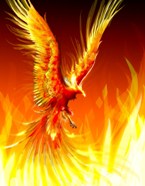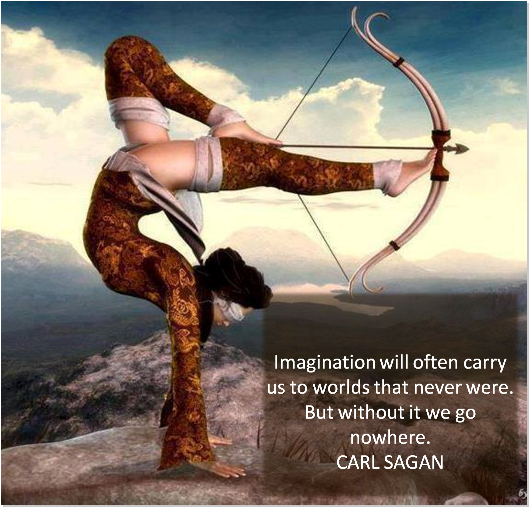
Most people know that there are no stories in the Bible about bunnies. No long-eared, short-tailed creatures who deliver decorated eggs to well-behaved children on Easter Sunday. Or is there mention of Easter eggs and Easter baskets filled with candy.
However, I came across some intriguing stories.
One of my Own
Interestingly, my mother was not religious, and we had very limited resources (we were very poor). However, she always ensured that my two little sisters and I had new Easter outfits. No matter what. The same at Christmas. A tree and gifts. No matter what.
Now my memory of the outfits really tickle me. I have photos of the three of us lined up and showing off our new little patent baby Jane shoes and white socks with frilly cuffs. Silky gloves, new dresses and coats, and our special Easter bonnets.
We got our Easter basket, and she dressed us up, and she took us for a walk in the town to show off her daughters.
Yeah, I certainly have a lot of mixed emotions about my mother only celebrating consumption instead of a day embracing the expansion of the human spirit.
But we sure looked cute.
Mary Magdalene
In Christian cultures, the consumption of the Easter egg may have marked the end of Lent. In Greek Orthodox Christianity, there is a legend that after Christ’s death on the cross, Mary Magdalene went to the emperor of Rome and told him of Jesus’ resurrection. The emperor’s response was along the lines of, “Oh, yeah, right, and those eggs over there are red, too.” Suddenly, the bowl of eggs turned red, and Mary Magdalene joyfully began preaching Christianity to the emperor.
Oshter Haws
The character of the “Easter bunny” first appeared in 16th-century German writings, which said that if well-behaved children built a nest out of their caps or bonnets, they would be rewarded with colored eggs.
The northern European pagan spring festival for the goddess Eostre, goddess of fertility is considered the origins for many of the traditions that surround Christian Easter.
The season that marks the beginning of spring is called Imbolg (also Imbolc). The name is derived from an older vernacular of Irish (Gaelic); it refers to “in the belly,” a reference to the swollen bellies of ewes with lambs soon to be born.
In Pre Christian era, Eostre or Ostara was the Celtic pagan Goddess of Spring and Fertility. A symbol for her was the hare. Anyone familiar with hares or rabbits will know that they symbolize fertility as they have great ‘stamina.’
Missionaries incorporated pagan festivals and traditions into Christian holidays as Christianity spread throughout Europe. The festival of Eostre and the celebration of the resurrection of Jesus soon became intertwined, and the Christian holiday Easter was born. The pagans brought the hare’s image with them, and some will argue the egg.
The Germans changed the image of the rabbit into Oschter Haws, a rabbit who would lay a nest of colored eggs for good children on the night before Easter. Children would build a nest for Oshter Haws to lay his eggs in. German writings from the 17th-century mention Oschter Haws and the legend was brought to America in the 1700s by German emigrants. The chocolate rabbit was also a product of German emigrants as they made Oshter Haws pastries.
As the legend and popularity of Oshter Haws spread throughout the States, he soon became the Easter Bunny.
Pan Gu
A Chinese folk tale tells the story of the formation of the universe. Like so many things, it began as an egg. A deity named Pan Gu formed inside the egg and then in his efforts to get out, cracked it into two halves. The upper portion became the sky and cosmos, and the lower half became the earth and sea. As Pan Gu grew bigger and more powerful, the gap between earth and sky increased, and soon they were separated forever.
Chocolate Eggs
Eggs have always been a part of spring celebrations. They have been a symbol of fertility and rebirth to pagans while representing the resurrection of Jesus to Christians.
The tradition of decorating and painting eggs has been around for centuries in Europe. Each country would paint their eggs a different color and design, such as Greece having crimson-colored eggs or Austria having eggs with plant-based designs. In the 18th and 19th centuries, artificial eggs were given as gifts.
The first chocolate eggs were made in France and Germany in the early 19th century and were made from dark chocolate. It was not until Cadbury released their dairy milk chocolate that the Easter egg started to gain more popularity.
Phoenix
However, my favorite story characterizes my author name-sake, The Phoenix.
The Phoenix was adopted as a Christian symbol in the first century AD. It appears on funeral stones in early Christian art, churches, religious paintings, and stonework. The egg from which it rose has become our Easter egg. As with many symbols, the Easter egg has continued to shift. When the Lenten fast was adopted in the third and fourth centuries, observant Christians abstained from dairy products, including milk, cheese, butter, and eggs. In England, on the Saturday before Lent, it was common practice for children to go from door to door to beg for eggs—a last treat before the fast began.
Even the act of coloring eggs is tied to the idea of rebirth and resurrection. Egg decorating kits today offer a vibrant means of coloring eggs. Still, the link between life and eggs was traditionally made using red coloring. Among Christians, red symbolizes the blood of Jesus. It has been a tradition among Macedonians to bring a red egg to Church and eat it when the priest proclaims “Christ is risen” at the Easter vigil and the Lenten fast is officially broken.




